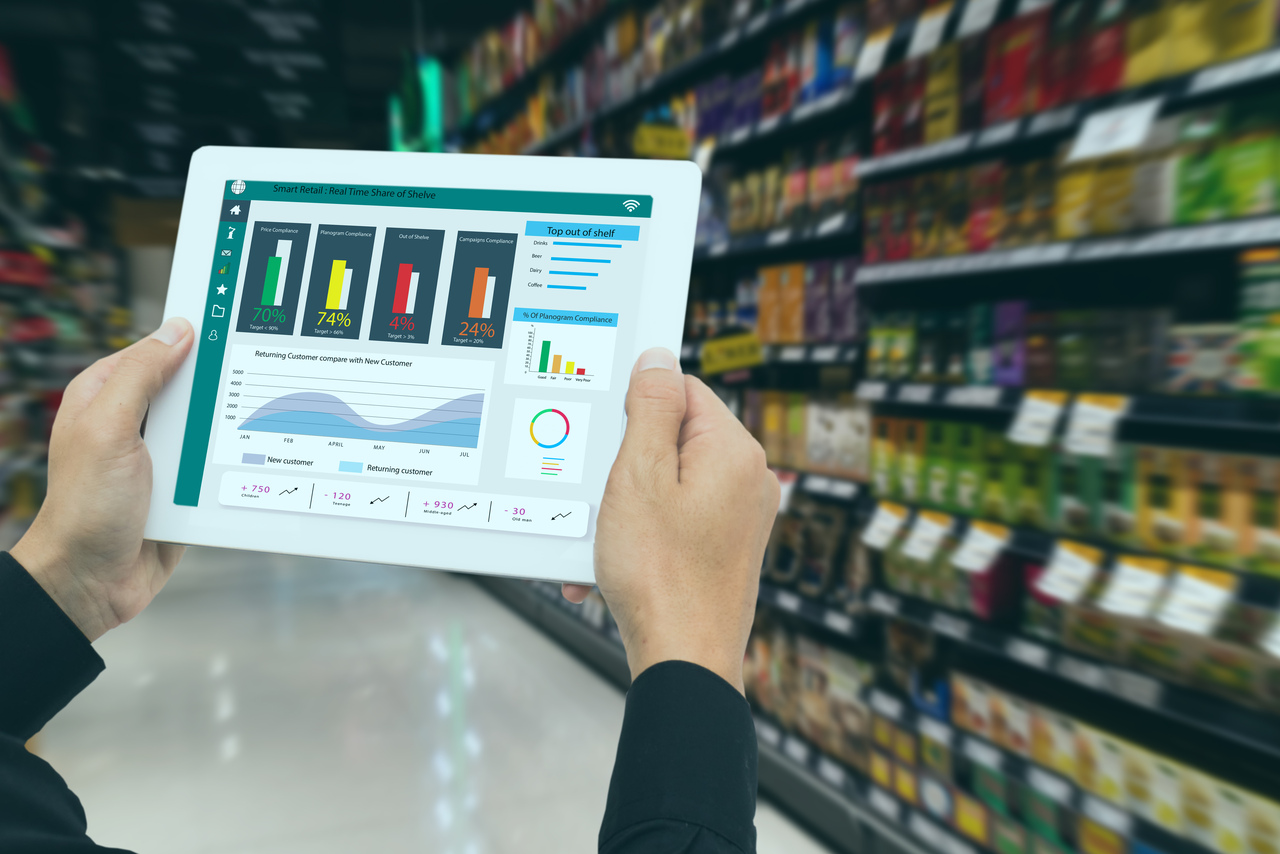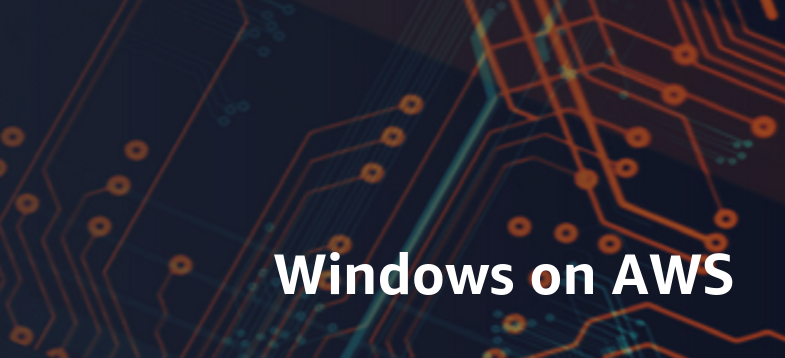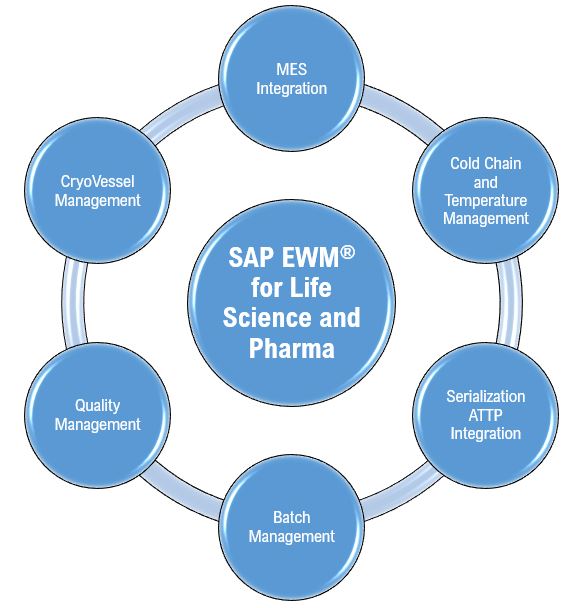In the real-world scenario, it is very hardheaded to sustain business without proper technology intervention, digital thread to provide complete life cycle traceability along with right manpower with dynamic mind set. With the present market demand, the convergence of IoT and PLM is unlocking unique opportunities for product innovation to operation life cycle enhancement. At the heart of this synergy lies the Digital Twin (DT) – a dynamic virtual representation of physical product, or system. Digital Twin integrated with PLM became a power engine when it is fueled with real-time data from connected products, gaining insights into real-world performance, energy efficiency, predicting potential failures and monitoring the right KPIs. This in turn helps in doing the failure mode effect analysis, identifying the critical components for overall product improvement and to avoid costly breakdown.
The concept of the digital twin has gained significant traction in recent years, evolving from basic digital representations within PLM systems to sophisticated, real-time digital counterparts of physical entities. This piece of information aims to clarify what constitutes a “real” digital twin, highlight current industry practices, and explore cutting-edge advancements.
PLM’s Integral Role
PLM has always been about managing a product’s lifecycle from conception to disposal, ensuring data integrity and consistency. Historically, PLM systems have provided the foundation for digital twins by maintaining comprehensive digital records of products. This robust data management is crucial for developing accurate and reliable digital twins.
Understanding the Digital Twin (DT)
A digital twin is a dynamic, real-time digital counterpart of a physical object or system. It leverages real-time data, simulation models, and predictive analytics to replicate physical processes. While PLM systems have traditionally managed digital representations, the digital twin goes a step further by providing real-time insights and predictive capabilities.
PLM flow cycle
A simplified flow cycle starting from meeting the end use requirements and seamlessly integrating engineering data across disciplines is as follows:
Requirement Definition —- Concept & Design (CAD, Software, Simulation), Engineering & Development (Released engineering data (drawings, EBOM, specifications, software builds), —- Manufacturing planning & Execution (MBOM, Processes, process plans, work instructions), Sales & Marketing (Specs with data consistency, Product configuration & Quotes), Product in Use (Servitization to create value for customer with Digital Twin) — End of Life.
What is a Digital Twin in the Context of PLM and IoT?
Imagine a virtual replica of a complex industrial machine. This isn’t just a 3D model; it’s a living, breathing digital counterpart that receives a continuous stream of data from its physical twin through IoT sensors. This data can include operating temperatures, vibration levels, Electrical signature analysis (ESA), energy consumption, loading patterns, and much more.
- Gaining Insights into Real-World Performance:
The constant flow of data from connected products into their Digital Twins allows engineers and analysts to:
- Monitor operational behavior: Understand exactly how the product is being used in the field, identifying typical usage patterns and potential deviations.
- Analyze performance metrics: Track key performance indicators (KPIs) in real-time, such as efficiency, output, and reliability, under various operating conditions.
- Identify anomalies and potential issues: Detect unusual patterns or deviations from expected behavior that might indicate a developing problem.
- Understand the impact of environmental factors: See how external conditions like temperature, humidity, or load affect product performance.
2. Identifying Areas for Product Improvement:
The insights gleaned from Digital Twins also provide invaluable feedback for future product development. By analyzing real-world performance data, companies can:
- Identify design flaws or weaknesses: Discover components that consistently fail or underperform in the field.
- Understand how customers actually use the product: This can reveal opportunities to optimize features, simplify the user experience, or even identify unmet needs for new product variations.
- Optimize material selection and manufacturing processes: Real-world performance data can highlight areas where changes in materials or manufacturing could lead to improved durability, efficiency, or cost-effectiveness.
- Validate design assumptions: Compare the predicted performance from simulations during the design phase with the actual performance observed in the field, leading to more accurate future designs.
Real case Scenario
Predictive Chiller-as-a-Service Enabled by Digital Twin:
A manufacturer of industrial chillers wants to shift from a traditional product sales model to a “Chiller-as-a-Service” (ChaaS) model. This means customers pay for the cooling output (e.g., tons of refrigeration-hours) rather than owning the physical chiller. To make this viable and profitable, the manufacturer needs to proactively manage the performance and maintenance of the deployed chillers.
How PLM Enables This:
Centralized Product Information: The PLM system holds all the design, manufacturing, and configuration details necessary for creating and understanding the Digital Twin.
Service Management Integration: Many PLM systems have service modules that can be used to manage alerts, work orders, and service history.
Lifecycle View: PLM provides a holistic view of the product lifecycle, connecting the initial design with its in-field performance and service.
Benefits:
- For the Customer: Reduced downtime, predictable cooling service, no large upfront capital expenditure, payment based on actual usage.
- For the Chiller Manufacturer: Recurring revenue stream, stronger customer relationships, optimized service operations, potential for upselling based on performance insights, data-driven product improvements for future designs (fed back into the PLM).
- Smart Grid and Nation as a whole: Insights from the Digital Twin can inform the development of more sophisticated control algorithms for chillers that are responsive to both cooling needs and grid conditions. This can lead to more dynamic and efficient energy usage patterns that benefit both the user and the grid. With the scalable digitalization features, provides information in carbon footprint reduction, helping in achieving Net-Zero target.
This use case illustrates how the synergy of Digital Twin, a PLM package, and predictive analytics can effectively enable a “Chiller-as-a-Service” business model, benefiting both the provider and the customer.
What are the challenges in DT integrated PLM package?
Cost of Implementation:
- Technology Investment: Implementing IoT sensors, a Digital Twin platform, predictive analytics tools, and the necessary integrations can involve significant upfront investment.
- Ongoing Operational Costs: Maintaining the infrastructure, data pipelines, and analytical models will also incur ongoing costs.
Organizational and Business Model Shifts:
- Skill Gaps: The manufacturer needs to develop expertise in IoT, data science, cloud computing, and service management.
Customer - Acceptance: Educating customers on the benefits of ChaaS and gaining their trust in the technology and the service model is essential.
- Defining Service Level Agreements (SLAs): Clearly defining the performance metrics and service levels in the ChaaS agreement, which are often informed by the Digital Twin’s capabilities, can be complex
Data Security and Privacy:
- Sensitive Operational Data: Chillers can operate in various environments, and the collected data might be considered sensitive by customers. Ensuring data security during transmission, storage, and analysis is paramount.
Data Integration and Interoperability:
- IoT Data Streams: Integrating diverse data streams from various sensors on the chillers (different protocols, formats, frequencies) into the Digital Twin can be complex.
- PLM Data Connectivity: Seamlessly connecting the Digital Twin platform with the PLM system to access design, manufacturing, and service history data requires robust APIs and data mapping.
- Predictive Analytics Integration: Feeding the right data from the Digital Twin and PLM into the predictive analytics engine and getting actionable insights back requires careful data preparation and model integration
In Conclusion:
The Digital Twin, fueled by IoT data and integrated within a PLM framework, represents a paradigm shift in how we understand, manage, and improve products. By providing a dynamic window into the real-world performance of connected products, it empowers organizations to move from reactive to proactive decision-making, ultimately leading to increase in overall market penetration, leading to potentially exponential revenue growth, reduced life cycle costs, and enhanced customer satisfaction. As IoT adoption continues to grow, the role and sophistication of Digital Twins in PLM will only become more critical in driving innovation and efficiency across the entire product lifecycle. A structural approach with synergy between multiple stakeholders not only makes the digital twin adoption more user-friendly and cost effective but also emphasizes the critical role of PLM.








